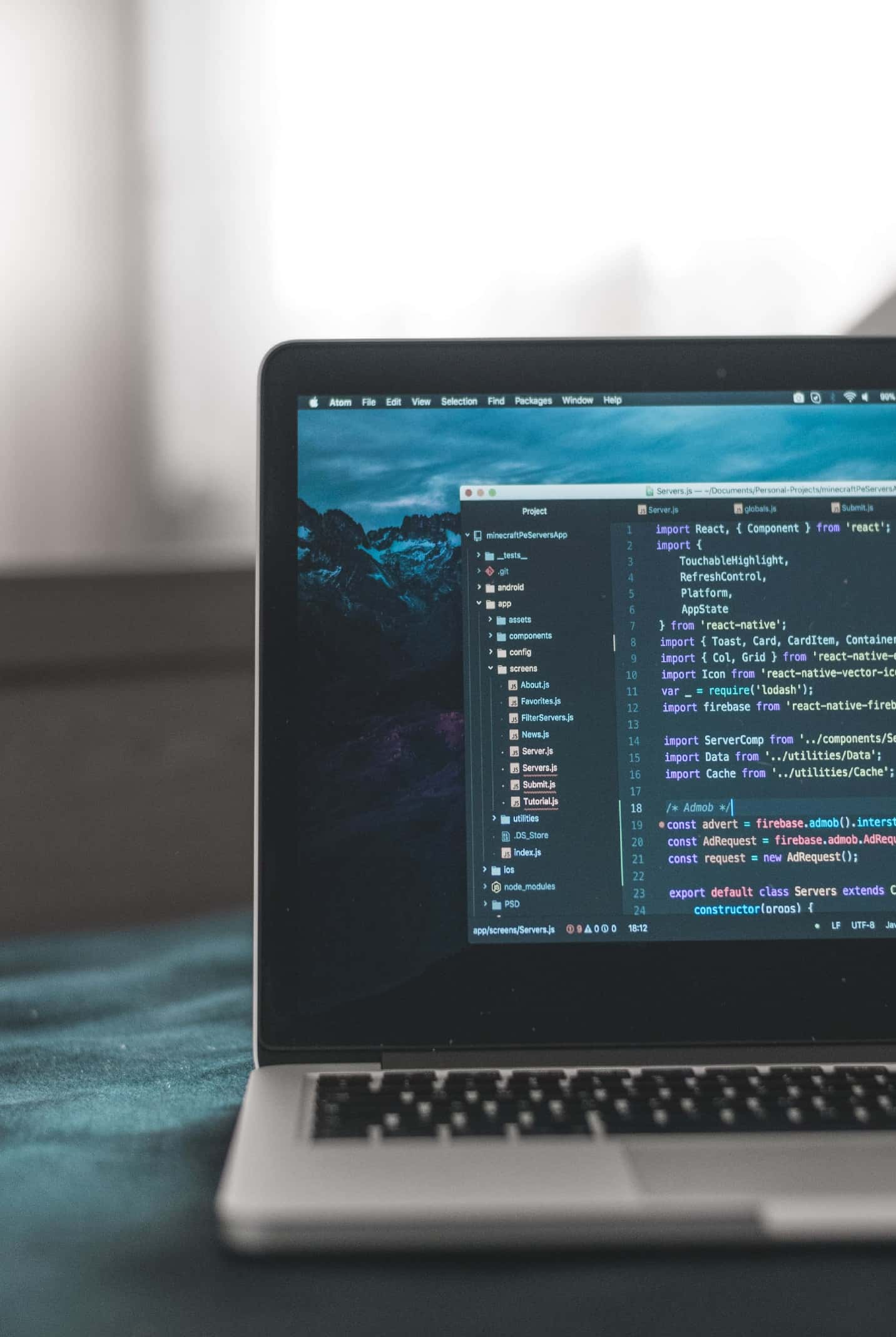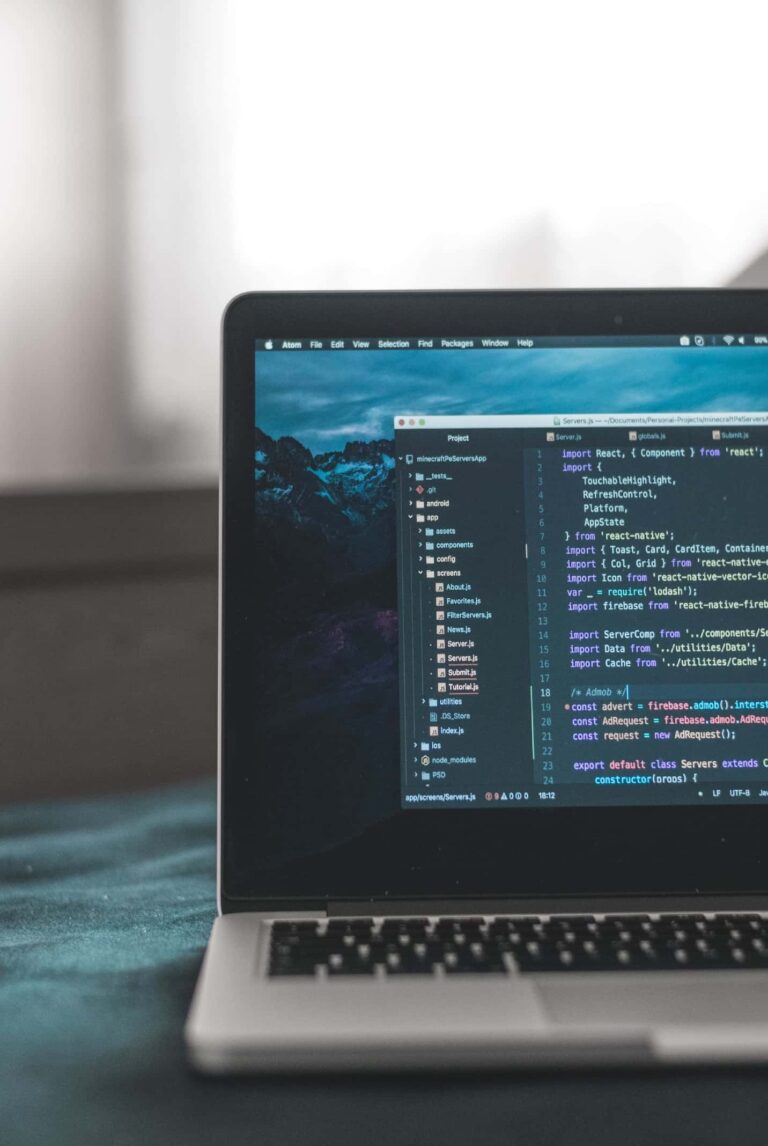SEO On-Page is often forgotten because it takes more time. Although it takes a long time, the effect is quite large. External factors do support site optimization. However, many people forget that optimization is influenced by internal factors. You need to optimize your website content by yourself.
SEO On-Page is an optimization method that applies the basics of SEO on web pages to increase the number of visitors. SEO On-Page optimization process includes optimization on internal websites such as creating quality content, themes that facilitate SEO, internal links, use of plugins, and the use of keywords that are the main targets of Google searches.
SEO On-Page is one of the factors that can affect PageRank. The better the optimization, the more likely your website page will appear on the first page of search engine results like Google.
Below are some SEO On-Page optimization techniques that you need to do:
- Article TitleThe title of the article must be attractive and optimized. Do not repeat the title word more than once. This is counterproductive and can affect rankings later. The more attractive and optimized the title, the more clicks it gets and the better the web rank.
- Permalink StructurePermalink is a web address to open a specific web page. You can use permalinks to create URLs suitable for search engines. Try to keep the permalinks short. Use hyphens as word separators instead of underscores. Make sure to use all lowercase letters and use targeted keywords in the permalink.
- Content QualityMany business experts believe that content is the most important part of a website. Search engines are very selective about website content. However, there is a lot of non-essential content. Every day, non-essential content is cleaned. Therefore, you need to create user-friendly articles. In addition, the content must be complete. You can do SEO on-page by creating quality content.
- Image OptimizationImages can bring a lot of traffic to a website from image searches. When clicked, the user will be redirected to the web page where the image is located. To maximize results, you need to optimize images. Image optimization can include things like image size, use of alt attributes, proper naming of images, image sizes and formats.
- Internal LinkInternal links are page links that link to the page itself. Use internal links to link to articles that are still relevant. Internal links are a way for visitors to stay on your site. This can reduce the bounce rate and is a signal that your article is useful to search engines. A site with a good page rank can transfer its value or equity to other pages to increase its ranking (link equity or link juice).
- External LinkThe use of external links is mostly avoided as it encourages visitors to leave the site and go to another site. In fact, external links can increase the credibility of a site if it leads to a trusted, informative and high-quality source. External links can improve a website’s ranking by linking to popular and relevant sources from high-authority sites.
- KeywordKeywords are a very important component in SEO on-page optimization. By using the right keywords will make visitors like a website. The better keywords used, the higher the chances of the website getting a position on the main page of Google search.
- Use LSI KeywordsWhen search engines bring up suggested keywords to users, they will target the main keywords in the title and then check the relevance of the title to the content on the page. If the title found does not match the content, the search engine will look for LSI keywords in the content to retrieve related words or groups of words. LSI helps Google find more relevant websites that can provide related keywords.
- Page Loading SpeedWebsite loading time is very important to make visitors to like the website. Search engine results also prioritize fast sites. There are several ways to speed up website loading. Website loading speed can be measured with tools like Google PageSpeed Insights, GTMetrix or Pingdom Website Speed Test, etc.
- Tag MetaUse targeted keywords in the meta description, but be reasonable and don’t excessive it so that it doesn’t count as keyword spam. Write a user-friendly and easy-to-understand meta description that is relevant to the article created. This meta description is not only for search engines but also for visitors. The purpose of the meta description is to reflect the nature of the article’s content at its key points.
- Tag HeadingHeading tags h1 to h6 play an important role in SEO because they are used to set the level of headings, subheadings and other important points. Headings help readers understand the topic of the article. Search engines use headings to better understand the structure of an article’s text. Proper use of headings helps people reading articles and also contributes to search engine optimization (SEO).

